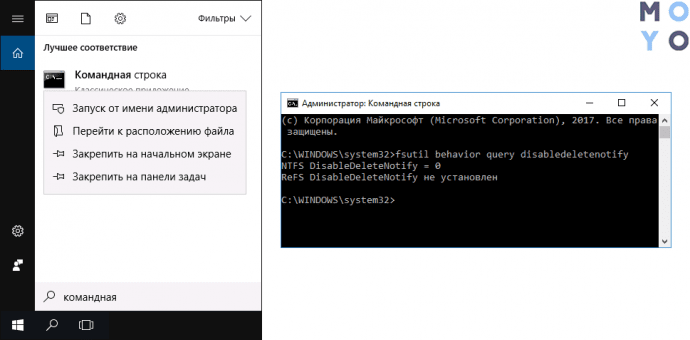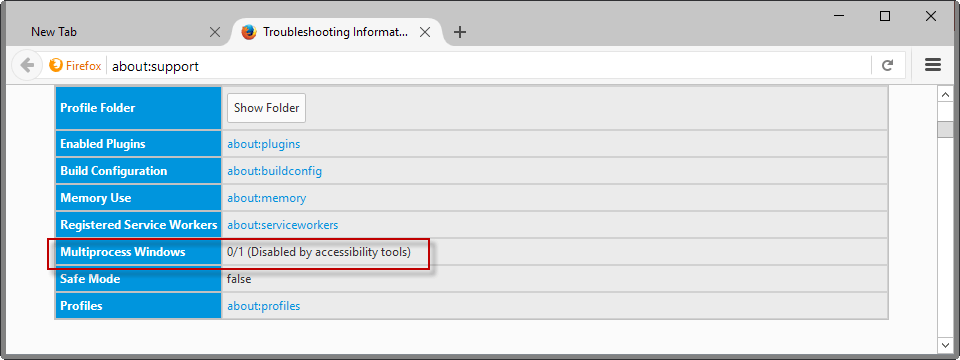
- #Fsutil disabledeletenotify how to#
- #Fsutil disabledeletenotify driver#
- #Fsutil disabledeletenotify windows#
but at that time I had unfortunately already broken a few sectors because of this. These drives have had this symptoms before, way back when I first got them and in my ignorance I tried to use them on the DELL PERC (RAID controller) on which I had the problem with these getting disconnected all the time with corrupted data that followed. I did have that disk disconnect on me, and I figured that it had something to do with high workload since I’ve been hitting it pretty hard last few days. to work when using a port multiplier (Which I’m not using A.T.M!), but up until a few days ago, I would guess, it stopped supporting T.R.I.M. Special about this P.O.S is that it doesn’t allow T.R.I.M.
#Fsutil disabledeletenotify driver#
Two others, cheap crapola-drives, KingSpec Q-180 (Never buy these, under any circumstances! Maybe if your life depended on it, like under threat of eating a bullet, perhaps…) that are on a separate controller, a crappy Marvell 92xx that usually requires a specific driver for T.R.I.M to work. The OS drive is on the on-board Intel chipset (whatever, not important, working) I currently have 3 regular SATA SSDs, and one NVMe. I’ve found this tutorial on several sites, but non addresses the (potential) issue with multi-drive setups.Īll displays a single drive. fsutil behavior set disabledeletenotify ReFS 1 If your drive is formatted with ReFS, use the following command to enable TRIM for your SSD: fsutil behavior set disabledeletenotify ReFS 0.fsutil behavior set disabledeletenotify NTFS 1 fsutil behavior set disabledeletenotify NTFS 0 If your drive is formatted with NTFS, use the following command to enable it.Open an elevated command prompt instance.
#Fsutil disabledeletenotify windows#
To enable TRIM for SSD in Windows 10, you need to use the FSUTIL tool. Thanks to TRIM, storage blocks which contain the deleted data will be wiped and the next time the same area is written to, the write operation will be performed faster. It is the SSD controller's garbage collection, wear levelling algorithms and TRIM which tell it to wipe the blocks so they are empty and ready to be rewritten. However, the data physically remains on the drive and can be recovered. ReFS DisableDeleteNotify is not currently set - TRIM support for SSDs with ReFS is not currently set, but will automatically be enabled if a SSD with ReFS is connected.Īs you may know, when you delete any data from your solid state drive, Windows marks it as deleted. ReFS DisableDeleteNotify = 1 - TRIM support disabled for SSDs with ReFS ReFS DisableDeleteNotify = 0 - TRIM support enabled for SSDs with ReFS If your drive is formatted with ReFS, the fsutil command will report the following. In Windows 10, TRIM is supported for both NTFS and ReFS file systems.

NTFS DisableDeleteNotify is not currently set - TRIM support for SSDs with NTFS is not currently set, but will automatically be enabled if a SSD with NTFS is connected.

NTFS DisableDeleteNotify = 1 - TRIM support is disabled for SSDs with NTFS NTFS DisableDeleteNotify = 0 - TRIM support is enabled for SSDs with NTFS

In the output, you may find one of the following values. In short, you need to execute the following command in an elevated command prompt: fsutil behavior query disabledeletenotify
#Fsutil disabledeletenotify how to#
How to see if TRIM is enabled for SSD in Windows 10 However, it is a good idea to check if TRIM is correctly enabled for your SSD in Windows 10 before proceeding. By default, TRIM is enabled for all SSDs.


 0 kommentar(er)
0 kommentar(er)
